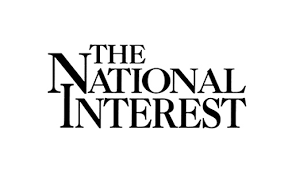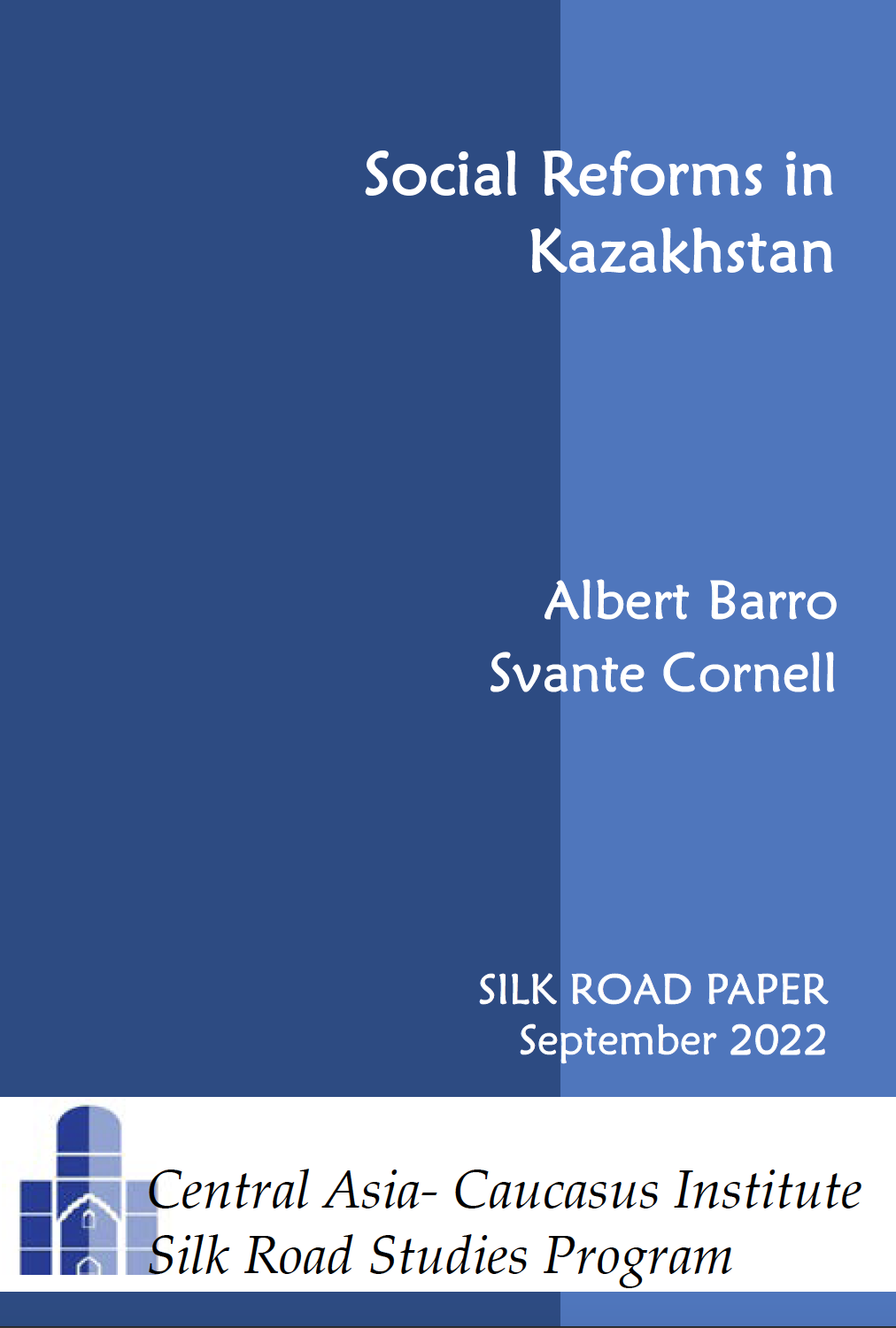One year ago, on Aug. 31, 2021, the last foreign soldier left Afghanistan. Since then, the situation in the country has only grown more fragile, marked by deteriorating living conditions, widespread human rights violations, and increasing political instability. One key contributing factor to the crisis is a dysfunctional centralized governance structure that has become more paralyzed and unresponsive under Taliban control. The group has greatly aggravated the problem with its rigid religious ideology and exclusive political agenda, but it well predates the Taliban takeover. The situation has steadily deteriorated over the past two decades as a result of a system that undermined local mechanisms of resilience, deprived people of access to basic public services, and marginalized them politically. With the Taliban at the helm, the system now only perpetuates further political exclusion, economic deprivation, and human suffering. The worsening economic conditions and political environment in the last year offer ample evidence of this.
Ever hungrier population
According to the most recent data from the World Bank, Afghanistan is now the poorest country in the world and the per capita income has declined to 2006 levels. The Taliban’s return to power exacerbated an already worrisome economic and humanitarian situation. Pushed to the brink by recurrent droughts, chronic cycles of violence, and poor governance, the insurgent offensive that captured Kabul last August created a shockwave that neither the economy nor the people could absorb. Before 2021, the latest poverty rate in Afghanistan was 47% and 35% of people reported that they were unable to meet their basic needs for food and other essential goods. Now, according to the World Bank and the United Nations, more than 95% of the population is poor, with more than 70% suffering from food insecurity. In an undiversified and limited economy that does not have much to offer, only a staggeringly low 2% said that they did not face limitations in spending. Rising prices caused by high inflation, the liquidity crisis, and a massive drop in international trade, coupled with sharply decreased household incomes, have reduced purchasing power for millions and increased unemployment to record levels, even as an estimated 600,000 people enter the labor force annually.
Many of these sources of fragility, of course, existed before the Taliban came to power. For over a century, Kabul has grown in monetary wealth, human capital, and opportunities at the expense of the rest of Afghanistan. The economic wealth and metropolitan character of the capital has come with the centralization of state power and revenue collection since 1880. For decades, lack of opportunities — and later on conflict — brought the best and the brightest from around Afghanistan to the capital, thus gradually draining the provinces of intellectual capital and economic resources. Historically, the Kabul-based kings gave land titles and trade monopolies to traditional power-holders in return for revenue, while the latter extorted the local population to raise what was required to pay Kabul. The central state relied on the periphery for resources, soldiers, and legitimacy, but hardly provided anything in return.
The 2004 constitutional architecture did little, if anything, to change that. As foreign funding flowed in at unprecedented levels, the concentration of political power and economic planning in the capital continued to draw resources and talent from the periphery, eroding the foundations of local resilience. Local and provincial power holders and economic tycoons survived only because they maintained strong ties with those who controlled financial wealth and political decision-making at the center. The immense wealth that the Karzais gained in the south or the riches that Atta Mohammad Noor was able to raise in the north were not possible without the backing of central authorities, which in both cases were highly formalized: Ahmad Wali Karzai was the head of Kandahar’s provincial council and Atta served as the governor of the lucrative Balkh Province for over a decade. Staggering levels of corruption and state capture enabled a select group to easily gain control of the country’s economic riches and move them abroad.
The population was already struggling by the time the Taliban returned to power. Studies and analysis by the U.N., the World Bank, and independent observers had long warned about increasing poverty, unemployment, and cyclical droughts. After last August, the depletion of human resources and economic wealth and the withdrawal of the international presence in Kabul disrupted value production and business enterprise around the country. The crisis has left millions of people helpless, not only because of their reliance on the Kabul-centric legal regulatory framework, but also because most of the job market — the public sector and the NGOs — was funded by donor money from Kabul. The full international withdrawal shrank the economy by more than one-third and the implications of the political crisis disrupted the markets for much longer than the country could afford. After severe drought and conflict displaced over 700,000 people last year, hundreds of thousands have left Afghanistan since August 2021 in search of a better life.
The Taliban's inability and unwillingness to provide public services and reinvigorate economic activity led to the further deterioration of living conditions and heightened the people’s vulnerability. The World Bank reported that more than 81% of household heads were self-employed after Aug. 15, 2021. An absolute majority of them are not business owners but job seekers turning to physical labor and street vending to avoid starvation. The Taliban authorities claim that they have increased revenue collection at border crossings, mainly by curbing corruption and expanding ports with taxable trade. However, the regime does not provide even basic public services such as education and health with that revenue. For example, nearly half of schools are closed as the Taliban still refuse to allow girls to access secondary education, resulting in a major decline in public spending. Most of the health infrastructure is supported through international humanitarian aid by the U.N. and ICRC, and the extravagant Afghan National Defense and Security Forces no longer exist. On top of that, only a fraction of public servants go to work, and after months of delays they now receive far lower salaries based on the regime’s new pay scale — labor earnings in the public sector have declined by 69%.
Therefore, without offering social protection, public services, and economic opportunities, the centralized revenue collection continues to further deplete the provinces of resources that could otherwise help them mitigate the risks of economic and environmental shocks. The Taliban's interference in the distribution of humanitarian aid takes away from the neediest people their only means of survival in the midst of destitution, further compounding local fragility. Despite a year of trials and the infusion of more than $2 billion in aid into Afghanistan, the economic and humanitarian situation continues to deteriorate. Although conventional humanitarian assistance programs help people get by in the short term, they also reinforce a relationship of dependency on aid without developing opportunities for employment and private enterprise, thus reinforcing deeper vulnerability. These approaches — coupled with the Taliban’s centralized and unaccountable governance — build on ineffective modalities that disenfranchise local communities, compound economic deprivation, exacerbate environmental shocks, and intensify human suffering.
A totalitarian regime
The political and human rights situation has equally deteriorated under the Taliban. While the Afghanistan Independent Human Rights Commission says more than 1,500 people have been killed by the regime since last August, some independent observer groups report that around 2,000 civilians from the Hazara ethnic community alone have been killed. Protests by women have been repeatedly suppressed and participants have been imprisoned, tortured, and killed. The government is populated entirely by Taliban clerics, excluding all other political forces and non-Pashtun groups. The persecution of Tajiks in the name of quelling the military resistance in the north and of Hazaras justified by ethno-sectarian divisions — the latter are mostly Shi’a — continue. Afghanistan is the only country in the world that prevents girls from getting an education by barring them from secondary schools. Most women cannot work, and a woman’s political agency and social status are tied to that of a man, who has to accompany her, fully veiled, anywhere she goes outside the home. According to Reporters Without Borders, 40% of all media outlets in the country have disappeared and 60% of journalists have lost their jobs. The figure for female journalists is even higher, at 76%.
The Taliban have managed to consolidate their power within an Islamic Emirate that borrows significantly in structural design from its predecessor Islamic Republic, rather than introducing a new institutional architecture. Save for a few tweaks, the broader framework of the system has remained the same. The judiciary system, for example, and its relationship with the head of state have not changed. The Taliban have kept most political and governance institutions as they were, filling positions across the ministries and provinces with their own appointees. The major institutional change the Taliban have brought has been the removal of elections to establish popular legitimacy: The head of state is now a divinely mandated supreme leader, and there is no legislative branch. These alterations, while substantial on paper, have not changed much in practice. Given the highly centralized nature of the republic with an overly powerful president at the top, electoral processes had failed to produce either legitimacy or accountability for much of the last two decades. In many instances, elections provided opportunities for embezzlement and corruption by enabling actors with ulterior motives to buy votes and then abuse public office to enrich themselves. This was particularly true in the case of the parliament and provincial councils, institutions captured by a handful of kleptocrats who failed to keep an overly strong executive in check.
The binary division of a republic versus an emirate was what bogged down the peace talks until they fell apart in the run-up to the Taliban’s takeover of Kabul. The fact that the group has consolidated its power through the very system it so vehemently rejected says a lot about the actual democratic character of the centralized political institutions. The narrowing of the public space under the Taliban, for example, indicates that the degree of openness for debate and democratic practices before 2021 was not necessarily a byproduct of a meticulous institutional design that checked the use of power and ensured accountability. Rather, it was attributable to the personal commitment to democratic values of those in control. For over a decade, Hamid Karzai, who ruled through tribal consensus and appeasement, enabled a conducive environment in which a vibrant media industry and civil society took root. Across Afghanistan, especially in Kabul and other key urban centers, demonstrations against the government were ubiquitous.
After 2014 when Ashraf Ghani came to power, the democratic space began to shrink for a variety of reasons, chief among them the intolerance of the president and his inner circle. Crackdowns on public protests, silencing of independent media and civil society, and marginalization of political opponents and critics, including through the use of force, became increasingly common. In order to act with the utmost impunity, Ghani maintained a facade of accountability through the ministries while monopolizing state functions by creating parallel institutions at his own office. Since last August, the Taliban, undeterred by any prospects of accountability, have further centralized the structure by removing the subsidiary units of the Arg, Afghanistan’s presidential palace, and have instead directly utilized the formal government bureaucracy to consolidate their power, implement their extremist views of what an Islamic society should look like, and silence any voices of dissent. In other words, the centralized political and governance institutions of the former republic were unaccountable enough that they now comfortably accommodate the totalitarian objectives of the Taliban without giving the people any chance to resist peacefully.
What lies ahead
The Taliban, who claimed to represent rural Afghanistan, have further oppressed and marginalized Afghans outside Kabul as their core members continue to settle in the now dual capitals of Kabul and Kandahar. The Taliban’s thinking about governance based on a rigid interpretation of religion and ethnonationalist politics, as much as it evolves in practice over time, has further centralized political decision-making and economic resources in the hands of a few. As economic resources become more scarce, wealth will be controlled by those who hold political power at the highest levels.
This will only deepen the drivers of fragility and conflict, including poverty, exclusion, and discrimination. With drought likely to become an annual occurrence by 2030, the financial and banking crisis set to continue for the foreseeable future, and the economy expected to keep shrinking, people across Afghanistan are becoming increasingly vulnerable. Moreover, the unsustainably large but still inadequate humanitarian aid budget, which has offered a minimal lifeline to the country, will be in danger of getting smaller in light of recent security developments that further limit the parameters of international engagement with the regime. The United States has reportedly withheld talks about the possible unfreezing of Afghanistan’s central bank assets held by the U.S. Federal Reserve and the U.N. Security Council has not extended travel exemptions for 13 Taliban leaders. These developments also mean that potential foreign investment, even from friendly partners of the regime, such as China, will likely take a long time to materialize. The overall impact of all of this will be to push Afghans across the country further and deeper into cycles of economic deprivation and political instability with substantial implications for health, education, and human rights, especially for women and children.
However, as much as centralization allows the Taliban to consolidate power in the short run, it equally makes its long-term survival unlikely. The group led a highly decentralized, mobile insurgency where local commanders oversaw the war in their areas in whatever way they saw fit. That was vital to withstand the republican army and its partners, as well as recruit non-Pashtun commanders in the north, which later proved fatal to the republic. But now they are struggling to transform from a decentralized insurgency into a centralized government and what were previously strengths have become weaknesses. Commanders such as Fasihuddin, once trusted with complete authority, are expected to give up their autonomy and obey orders. The regime is also facing difficulties integrating key battlefield leaders into its new official structures in an appropriate way, as the appointment of Qayum Zaker to an arbitrary assignment managing the resistance in Panjshir illustrates. These trends stemming from the centralization of power will eventually push away those who were key to the Taliban’s success — similar to how President Ghani’s exclusionary politics alienated the republic’s natural allies. The Taliban have long prioritized their cohesion over any other political objective. Now, unable to govern and unwilling to share power with other political forces, the centralized regime’s disintegration becomes increasingly inevitable — and arguably has been expedited — as it fails to incorporate even its own senior political and military leadership into decision-making processes.
Sayed Madadi is a Reagan-Fascell Democracy Fellow at the National Endowment for Democracy’s International Forum for Democratic Studies and a Nonresident Scholar with the Middle East Institute’s Afghanistan and Pakistan Studies Program. You can follow him on Twitter @MadadiSaeid. The opinions expressed in this piece are his own.
Read at Middle East Institute






 What should be the United States’ strategy towards Central Asia, the Caucasus, and the region of Greater Central Asia (GCA) as a whole? Should it even have one? Unlike most other world regions, these lands did not figure in US policy until the collapse of the USSR in 1991. Though the new Baltic states entered Washington’s field of vision in that year, in those cases the Department of State could recall and build upon America’s relations with independent Estonia, Latvia, and Lithuania during the inter-war decades. For the US Government after 1991, GCA was defined less as sovereign states than as a group of “former Soviet republics” that continued to be perceived mainly through a Russian lens, if at all.
What should be the United States’ strategy towards Central Asia, the Caucasus, and the region of Greater Central Asia (GCA) as a whole? Should it even have one? Unlike most other world regions, these lands did not figure in US policy until the collapse of the USSR in 1991. Though the new Baltic states entered Washington’s field of vision in that year, in those cases the Department of State could recall and build upon America’s relations with independent Estonia, Latvia, and Lithuania during the inter-war decades. For the US Government after 1991, GCA was defined less as sovereign states than as a group of “former Soviet republics” that continued to be perceived mainly through a Russian lens, if at all.